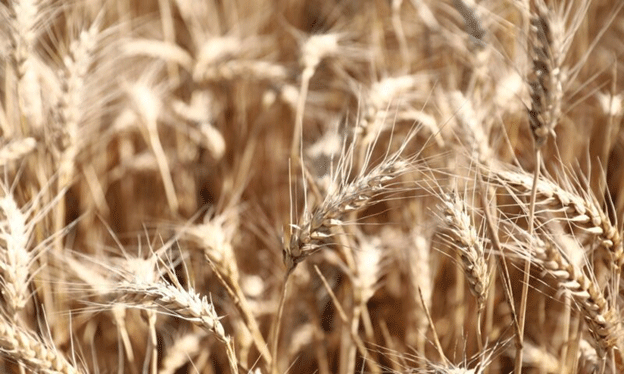The rice cultivation season in Krasnodar Krai, often referred to as the “rice bowl” of Russia, is well underway, with farmers harvesting across more than 117,000 hectares of land. This marks an expansion of nearly 7,500 hectares compared to the previous year, a significant increase that demonstrates the region’s growing emphasis on rice production.
A Growing Focus on Rice
According to Fedor Dereka, the Minister of Agriculture and Food Processing of Krasnodar Krai, local farms have increased their rice planting area to 117,400 hectares in 2024. This expansion comes with optimism, supported by favorable weather conditions and adequate water resources throughout the growing season. Thanks to the region’s effective water management systems and climate, the rice crop has matured under ideal conditions, creating an expectation of yields at least equal to last year’s results.
The use of seeds exclusively from the Federal Research Center for Rice (FNC Rice) has further boosted expectations for a successful harvest. These domestic seeds have proven to be well-adapted to local conditions, contributing to the crop’s resilience and yield potential. The current average yield is estimated at around 67 centners per hectare, maintaining the region’s status as a key player in Russia’s rice market.
Harvesting Campaign and Technology
The harvesting campaign has already covered over 6,000 hectares, with a strong start in all rice-producing municipalities of the region. More than 730 combine harvesters are actively working across eight districts, including Krasnodar, Slavyansk, Krymsk, Abinsk, Temryuk, Krasnoarmeisk, Seversk, and Kalinin. The large-scale deployment of this machinery ensures an efficient harvest, minimizing losses and maximizing output.
In 2023, the gross harvest of rice in Krasnodar Krai amounted to 714,800 tons after post-harvest processing, and this year’s expanded acreage gives confidence that this figure will be matched or exceeded.
Storage and Processing
With a harvest of this scale, efficient storage and processing are critical. Three large elevators—Angelinsky, Poltavsky, and Starovelikovchsky—are handling the bulk of the crop. Combined, they can process up to 15,000 tons of raw rice daily, ensuring that the rice reaches consumers in its best possible condition. This infrastructure is essential for managing the high volumes of rice produced, and it represents a key factor in the region’s ability to maintain its high production standards.
Krasnodar Krai continues to lead in rice production, with this year’s expanded planting area and favorable conditions contributing to an optimistic outlook for the 2024 harvest. The use of high-quality domestic seeds, coupled with efficient harvesting and processing technologies, ensures that the region will maintain its vital role in Russia’s agricultural landscape. As the harvest progresses, the region’s farmers, agronomists, and industry leaders are confident in another year of strong performance, with yields expected to meet or surpass last year’s levels.
Error




